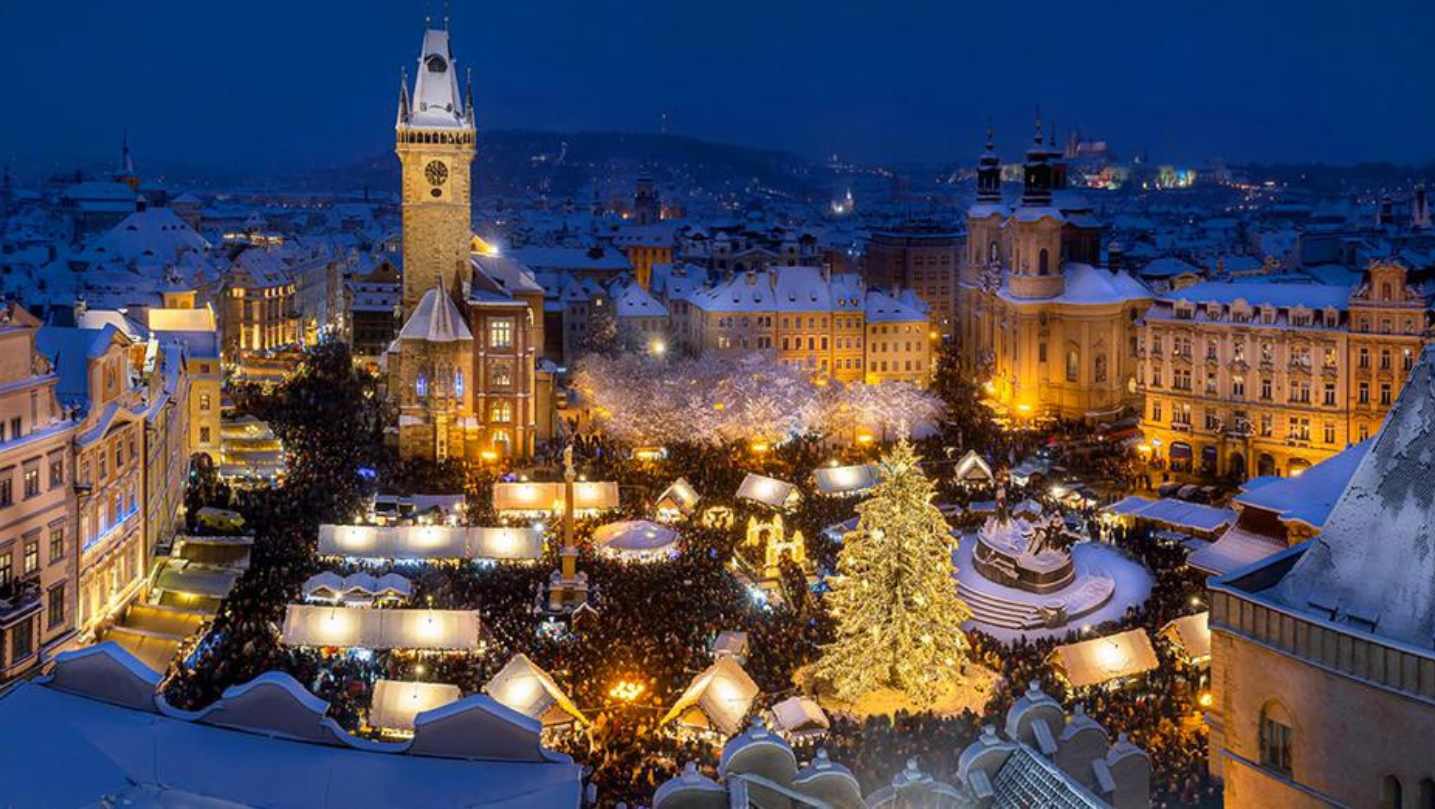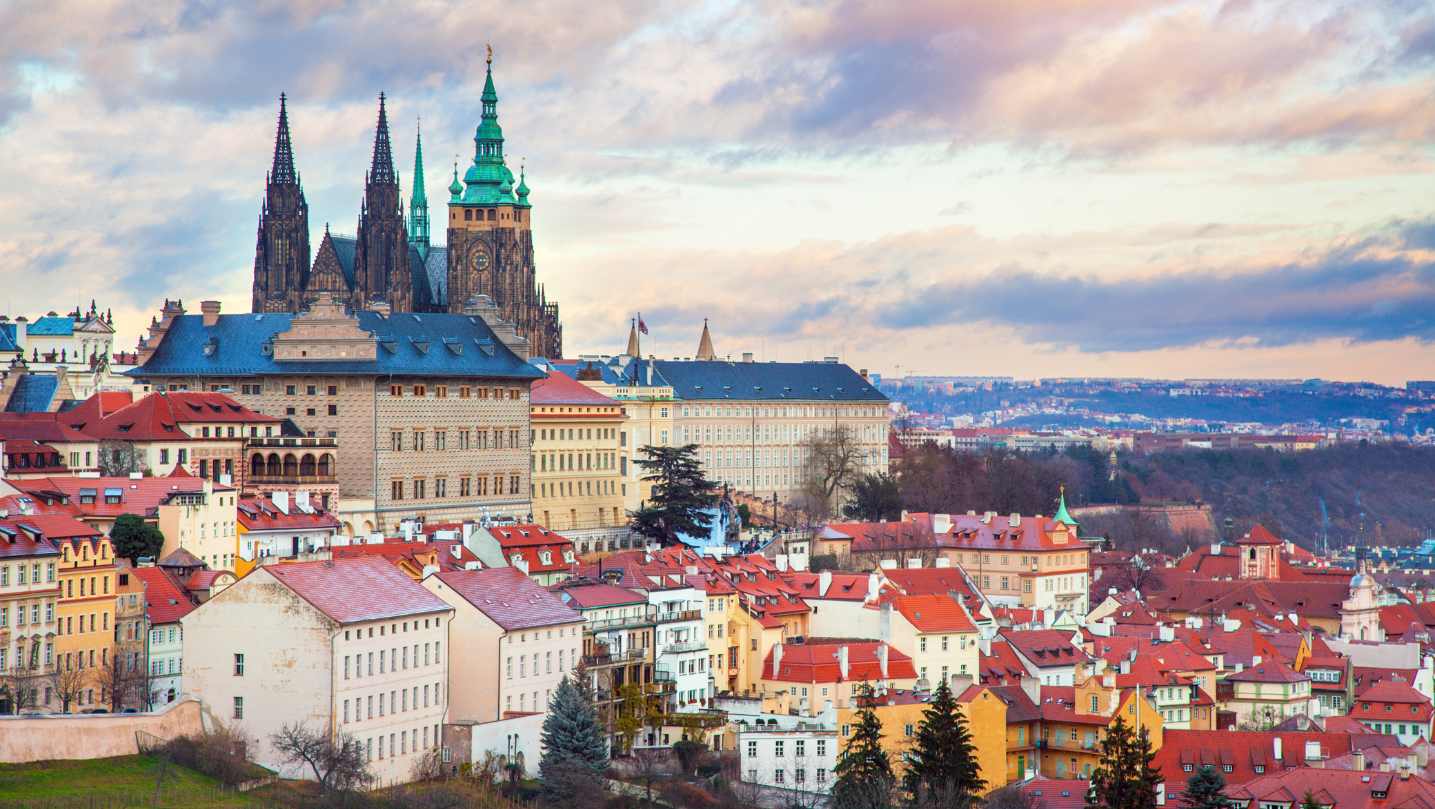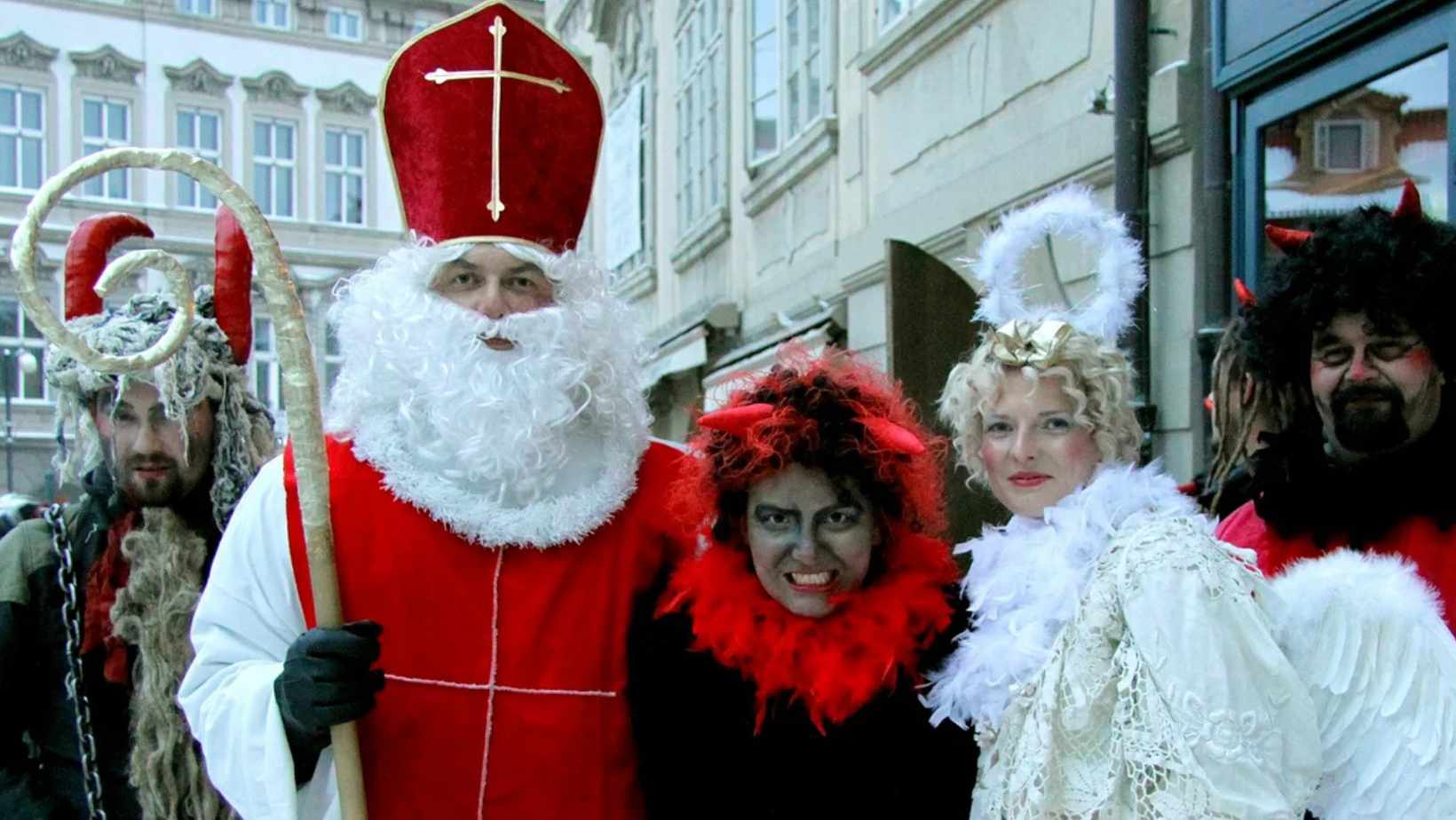Břevnov, the Village Overlooking Hradčany
Prague Morning
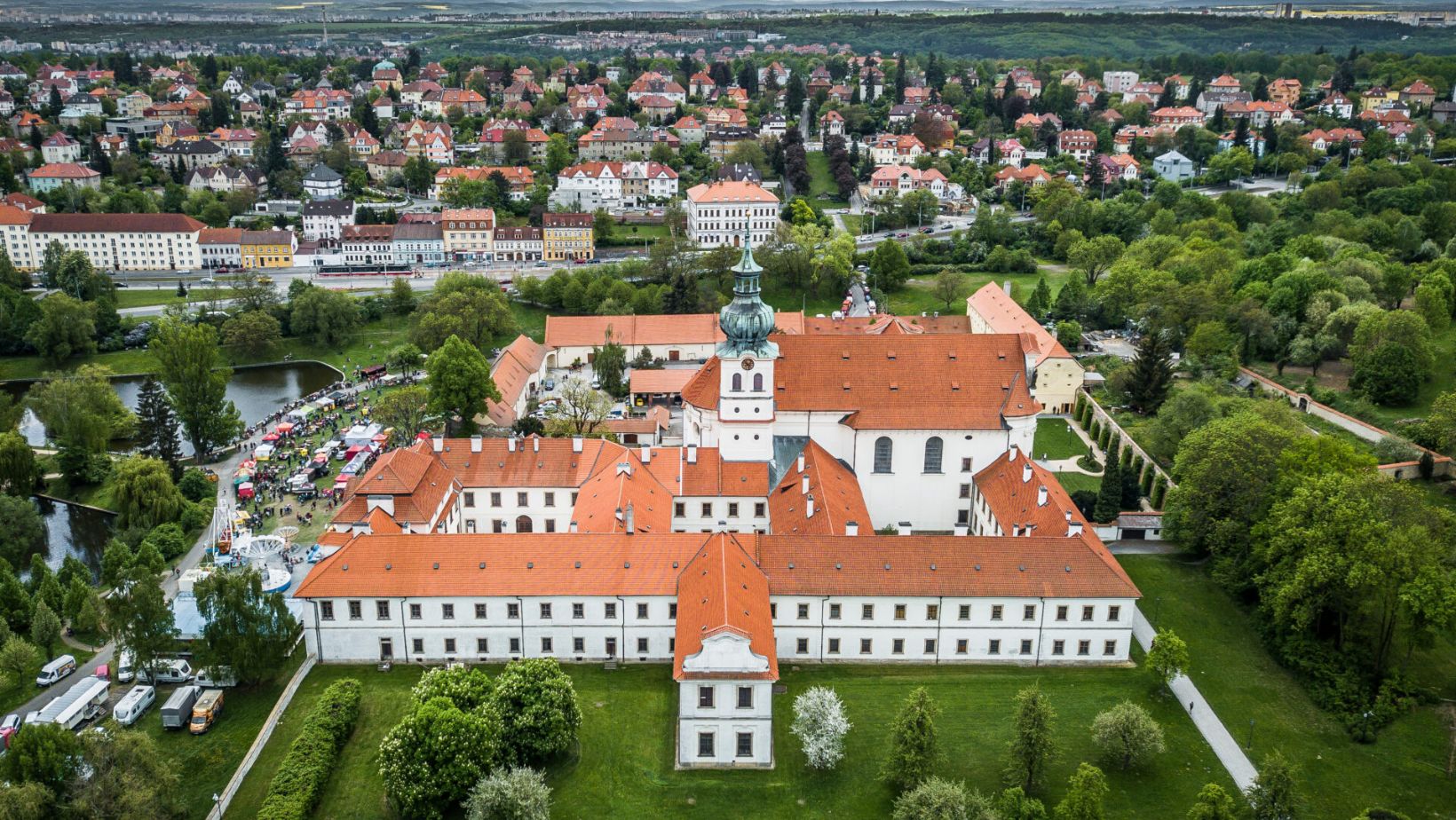
A stone’s throw from the Castle, close to Bílá Hora, lies one of the most interesting and less frequented by tourists districts of the city.
“In Břevnov, in front of my large window, right behind the tiny garden – from autumn until the following summer – it used to be verdant with wheat. Behind the field there were abandoned quarries, which in summer, were full of slender mullein. Behind the quarries, a road went down the valley until it came to other fields and then a small rocky wood. When in March, I opened the window and sat on my armchair staring out, I could hear the larks singing, just as if I were sitting in front of the stage at the National Theatre”.
It is with these words, that the Czech poet Jaroslav Seifert, Nobel Prize for Literature in 1984, describes Břevnov at the time of his youth, in the book of 1982 “All the beauties of the world”.
The district of Břevnov lies just a few tram stops from the Prague Castle, to the west, in the District of Prague 6. The urban landscape, just outside the historical and tourist centre, summarizes almost suddenly the typical features of the city, made for the daily life of its inhabitants, with its activities and rhythms.
But rather than a district area, Břevnov seems more like a small village in the centre of Prague, consisting of a main street, Bělohorská – seat of the main commercial activities of the suburb – that, with its over 4 km length, connects Malovanka with Bílá Hora, and many side streets with small buildings and houses interspersed with gardens and green spaces.
We get off the n° 22 tram at “U Kaštanu”, the second stop after “Marjánka”, which is the gateway to the neighbourhood. A stop in the most famous pub in the area is mandatory. It is set in a garden a short walk away, where in summer, you can sit on the benches and enjoy the shade under the horse-chestnut trees that have given the name (“U Kaštanu”) to both the brewery and the adjacent cultural centre, that offers a full calendar of events, ranging from live music (especially jazz), to theatrical performances.
It was in this particular place that on April 7, 1878, Ladislav Zápotocký, Josef Boleslav Pecka, Josef Hybeš and others founded the Czech Social Democratic Party, which is represented today by the Čssd.
Břevnov offers food lovers quite a good choice of food. As regards the Czech “hospoda”, besides “U Kaštanu”, it is important to remember “U Presidentů”, a picturesque brewery-restaurant frequented by local people, which is fully decorated with memorabilia, pictures and paintings of the presidents that took office since the foundation of the Czechoslovak Republic.
But, in the district, there are also restaurants, which offer ethnic food, including at least an Indian restaurant, a Vietnamese and a North African one, as well as others.
For those who love good beer, of particular interest is the brewery located inside Břevnov Monastery (Břevnovský klášter), famous for the excellent quality of its beer and for the variety it produces. The brewery is named after St. Adalbert, bishop of Prague (sv. Vojtěch) and is one of the oldest breweries in Bohemia.
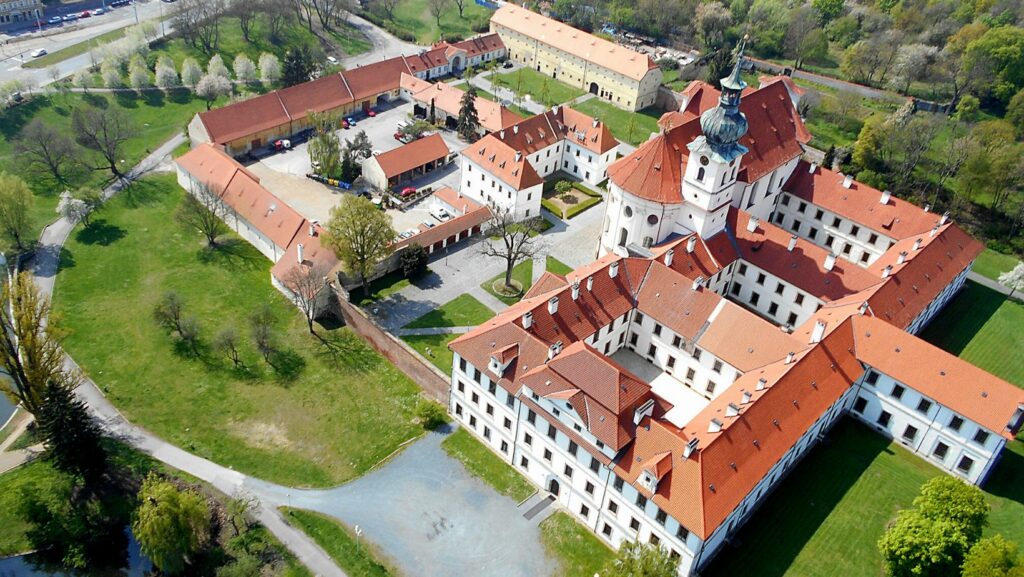
Břevnovský klášter
It was founded in the tenth century, during the construction of the Monastery, but over the centuries, the production of “Břevnovský pivovar” beer was suspended several times. Since 2011, however, it has become fully operational again, with an annual production of about 3,000 hectolitres.
One of the main attractions of Břevnov is its Monastery (or Abbey), that houses the brewery, which belongs to the Benedictine Order. It was founded in 993 by bishop St. Adalbert and within the religious complex, there is the Basilica of St. Margaret, to which the Monastery is dedicated.
The Basilica houses the relics of the Saint and is the most important spiritual centre of the Prague district and over time, settlements began to develop in the area around Břevnovský klášter. Also dating back to the tenth century is the first mention of the name Břevnov, which was elevated to the rank of town in 1907 by Emperor Franz Joseph of Austria and then integrated into “Greater Prague” in the year 1922.
The monastery was destroyed during the Hussite wars and rebuilt in the mid-fifteenth century. Renovated again recently, the religious complex – that stands near the source of the Brusnice stream – is surrounded by a beautiful park, that is open to the public and where it is possible to admire secular trees and relax in the peaceful and quiet atmosphere. In the park there is also a gallery that is often used to host art exhibitions.
In the large garden, adjacent to the monastery, there is Břevnov cemetery (Břevnovský hřbitov), that can be accessed from U Vojtěšky street. The cemetery, which was founded in 1739, is one of the most famous in Prague. Inside it, there is the Chapel of St. Lazarus that was built in 1762 by the Italian architect Anselmo Lurago, the artist who also participated in the construction of Kinský Palace.
Among the Czech personalities who are buried there, there is the philosopher Jan Patočka, the mathematician Vojtěch Jarník and the Czech poet and playwright Josef Topol, who died recently.
But there are not only historical monuments in Břevnov. A symbol of coexistence between the old and the new is the Institute of Macromolecular Chemistry of the Czech Academy of Sciences, a highly-advanced centre for research in this sector. The Institute was founded in 1959 by a few scientists, including Professor Otto Wichterle, inventor of the soft Hidrogel contact lenses.
Although the district of Břevnov has seen much of its rural space being reduced over the years, it is still one of the “greenest” areas of the Czech capital. Beyond Tomanova street, which delimits a part of the city centre of Břevnov, there is Ladronka park, which gets its name from the old farm and estate that are still there.
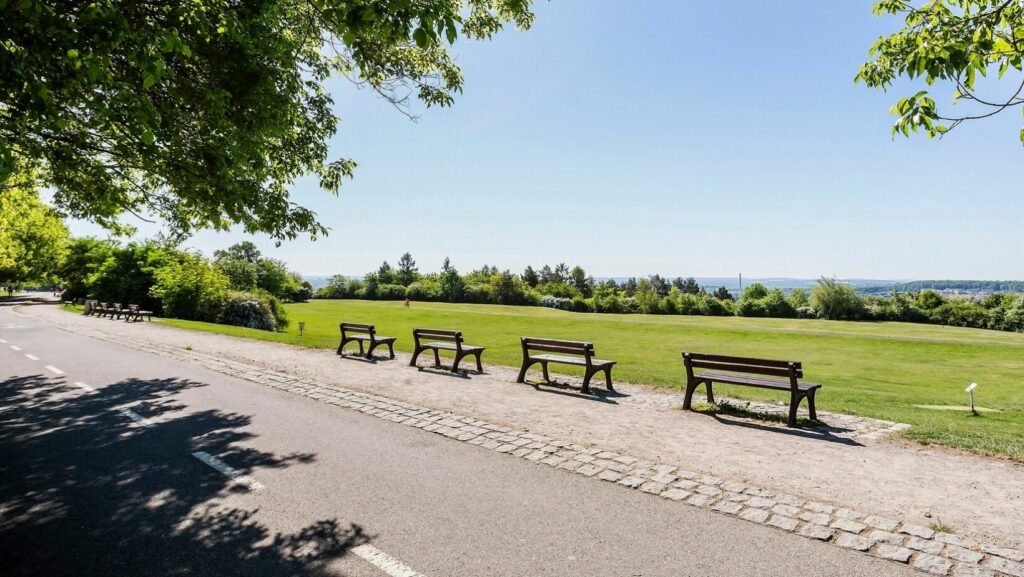
Ladronka park
The park offers a wonderful view of the areas of Motol and Skalka. Recently renovated, this large green space – which often hosts cultural events at various times of the year – has a long bike path that cyclists and skaters enjoy using, especially at weekends. But the whole area is frequented by sports enthusiasts of all kinds, and it is not uncommon to see groups of people, on the grass or under the trees, practising, for example, yoga or fencing.
Another park in the neighbourhood is Kajetánka, an old farm land, that nowadays has been partly used to build a modern residential complex. The area was once the site of a monastery of the order of the Theatine Fathers, and inside it, there is the ancient villa that was renovated in 2011 and which overlooks a small lake along the Brusnice stream.

A short distance from the Prague Castle – which is visited every day by thousands of tourists – Břevnov offers the possibility to go for long walks in its parks or along the streets of the upper side of the neighbourhood, where modern houses alternate with old buildings, surrounded by small gardens – in a suspended atmosphere between the almost forgotten Prague of a few decades ago and the continuously evolving Prague of today.
Would you like us to write about your business? Find out more
-
NEWSLETTER
Subscribe for our daily news







